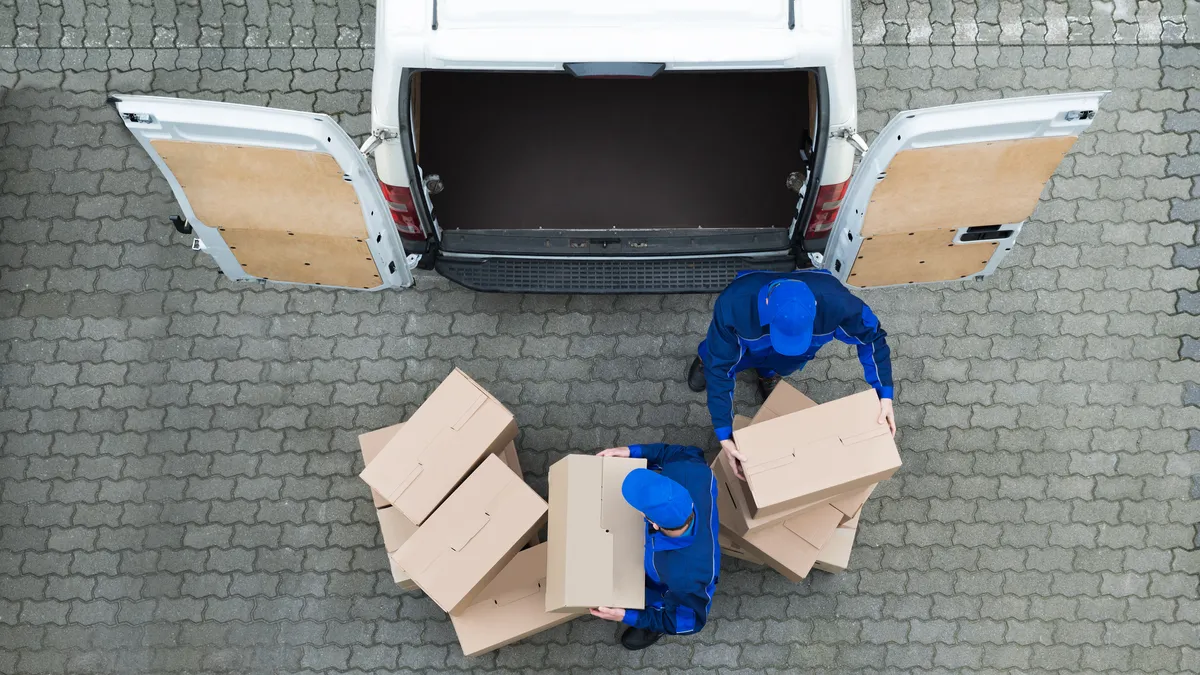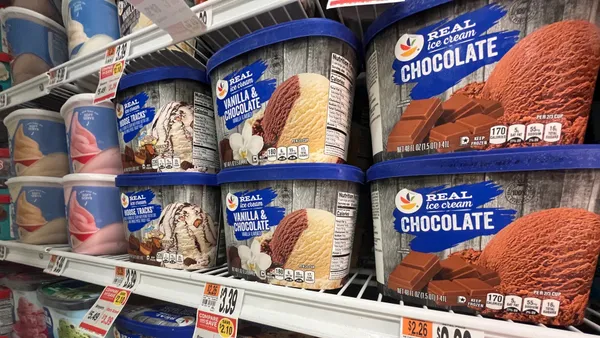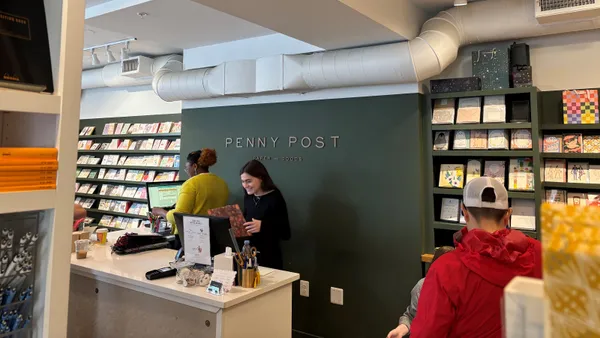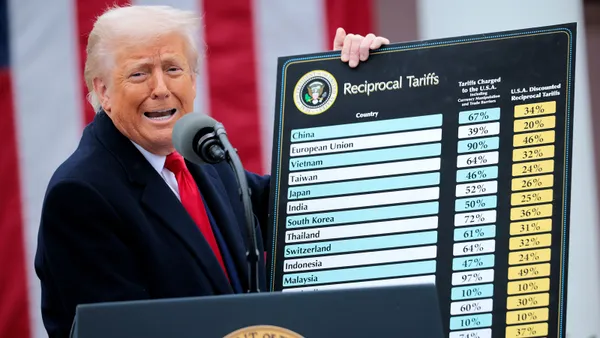Dive Brief:
- Only 24% of 100 Retail Dive e-commerce retailer respondents in a Flexe survey said "free shipping" is their most important delivery offer, although 74% of consumer respondents said it was of utmost importance. Similarly, only 29% of retailers said 1 to 2-day shipping is most important, despite 44% of consumers saying they'd "choose a marketplace because of speed."
- Perhaps most glaring was the disconnect between retailers and consumers regarding whether fast shipping is worth it: 75% of the retailer respondents said their customers wouldn't pay more for faster shipping, but 75% of consumer respondents said they would.
- Flexe CEO Karl Siebrecht told Supply Chain Dive that when retailers were asked what their online shopping cart abandonment rate was, 70% of respondents who promised next-day delivery had an abandonment rate of 20% or lower, and of the respondents who did not promise next-day delivery, only 42% had an abandonment rate of 20% or lower.
Dive Insight:
The study, conducted via email blasts to Retail Dive subscribers, suggests that the retail problem is more complicated than just competition from e-commerce giant Amazon. According to the study's findings, retailers are struggling mightily to meet consumer expectations in a financially feasible way.
This is what Siebrecht calls the "delivery promise gap," and he said it's a widespread problem among retailers with online presences. The reason for the problem, he says, is a supply chain challenge.
"On average from our respondents, they have between one and three fulfillment centers, and Amazon has got 70 plus, some will say more than 100 now," Siebrecht told Supply Chain Dive.
Retailers simply don't have enough distribution centers to deliver as quickly and cheaply as consumers would like. If a retailer only has three distribution centers, it quickly becomes expensive to start shipping a host of products on a short timeline for free. Meanwhile, Amazon keeps costs down by increasing its number of distribution centers.
According to Siebrecht, the question for retailers becomes, why don’t we just deliver through Amazon?
"Based on a scale of 1-10, we asked retailers, what are your concerns of fulfillment by Amazon? And the top one was high fees and second, complicated fees," Siebrecht said. "Every one of the questions asked was above a seven (degree of concern). There’s just a high degree of concern, from fees to Amazon competing, to getting negative feedback from customers."
Siebrecht said the best way for retailers to fix the problem is to increase the number of "logistical nodes" — more distribution centers will lower costs and make fast, free shipping attainable. But there's a catch.
"If you have to go lease those warehouses yourself, it’s not very economically feasible," he said.
For retailers and other e-commerce sites, finding a way to cut costs in order to meet consumer expectations is easier said than done. If they're going to keep up with Amazon's prowess and manage to stay in business, they need to develop bigger, stronger logistics networks and supply chains more efficient at saving and cutting costs.













